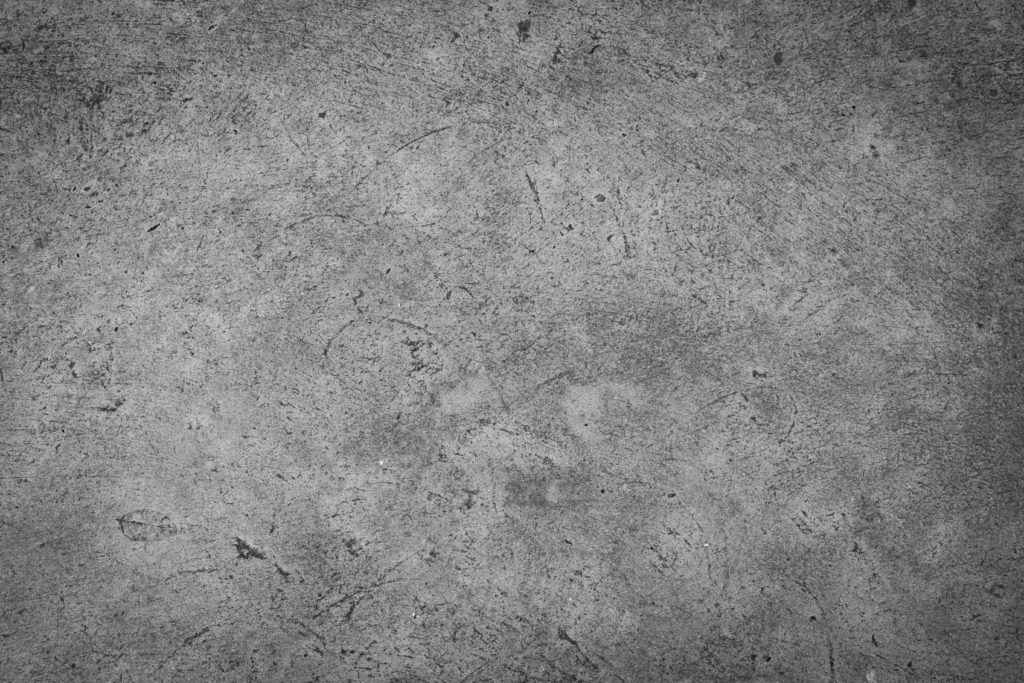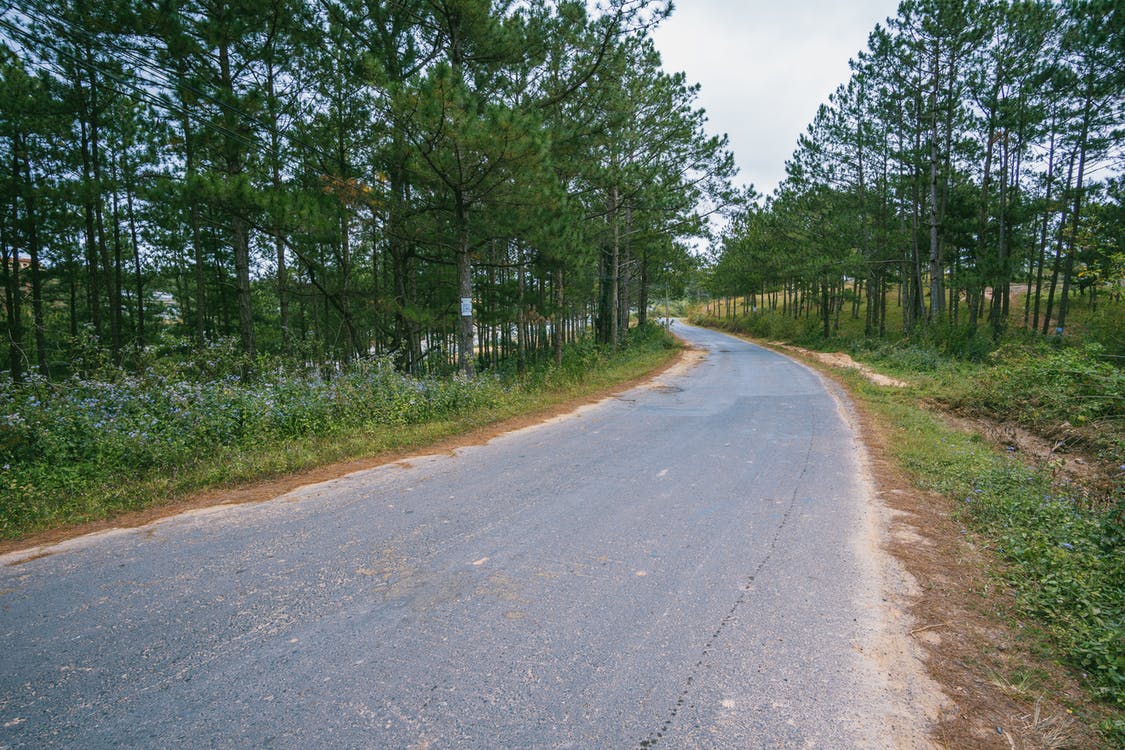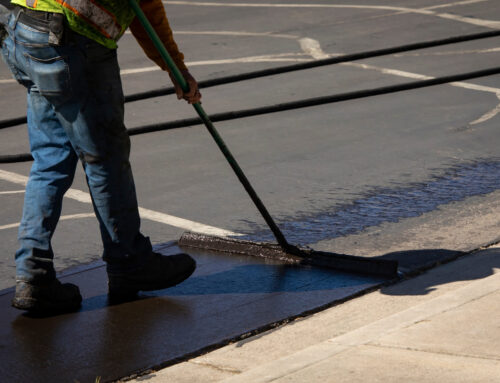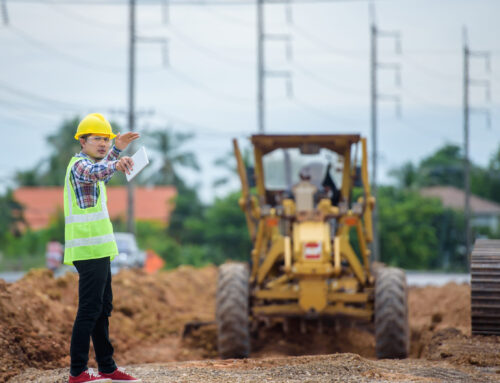On the road again… Oh I just can’t wait to be on the road again. But what is this road even made of again? — Wait that’s not how the song goes! But now, you may be wondering what roads are made of and with good reason, not all roads are created equal! This time on the Sunrise Asphalt blog we are looking at the different types of pavement that make up our roads, when, where, and why they are used. You might be surprised by just how much there is to learn about: pavement!
The Three Pavements Kings
Believe it or not, pavement isn’t a single thing, it is simply the hard surface of a road or street. That hard surface obviously can be made of many different types of materials and it would still be pavement. There are three major kinds of pavement in use all over the world: asphalt, concrete, and composite pavement. Let’s take a look at what makes them each unique.
Asphalt
Asphalt (our favorite, I’m sure you guessed) has been widely used since the 20th century. It is sometimes called ‘flexible pavement’ due to the way it distributes loads across the surface.
Generally speaking, asphalt is used in roadways that experience a high volume of traffic daily. Benefits of asphalt include it’s easiness to repair, low cost compared to other pavement options. It may not be as durable as other methods, but the low cost and ease of repair more than makes up for that lifespan.
 Concrete
Concrete
Concrete pavement, has been used in America since 1909. The material, specifically Portland cement concrete, is created with a mix of Portland cement, coarse aggregate (like asphalt), sand, water, and additional additives to make it more workable and other benefits. There are three common types of concrete pavement called: continuously reinforced (CRCP), jointed plain(JPCP), jointed reinforced (JRCP).
Concrete pavement can be stronger than asphalt, and also be grooved along the top layer, providing a handy skid-resistant grip. But with that comes a few big downsides. Concrete is time-consuming for construction, and has a higher installation cost. They produce more noise than asphalt.
Composite Pavement
We bet you can guess what this is just by the name. Composite pavement is a combination of, that’s right, concrete pavement sublayer and asphalt. While rarely used for entirely new installations, composite pavement is a popular way to rehab old, busted roads. When this composite is put over busted up concrete, it creates a smoother new surface for driving but doesn’t quite bring it back to 100%.
A problem that occurs is reflective cracking. It has to do with the concrete sublayer joints (as mentioned earlier) which will move because of temperature fluctuates or heavy weights and when that happens the asphalt top layer will crack in turn.
There are other variants of pavement out there, and a whole lot more to learn. This has been just a brief guide on the three major types of pavement and their advantages and disadvantages. While all this is well and good, the one we care about the most here at Sunrise Asphalt is right there in the name: asphalt.
We love being able to provide the best surfaces to our community here in Tucson, and providing the best ongoing care in pothole repair, sealing, patching and more. If you have an asphalt pavement job that needs doing, give us a call! We’ve been doing it for 40 years, take a look at some of our featured jobs to see just what Sunrise can do for you.





